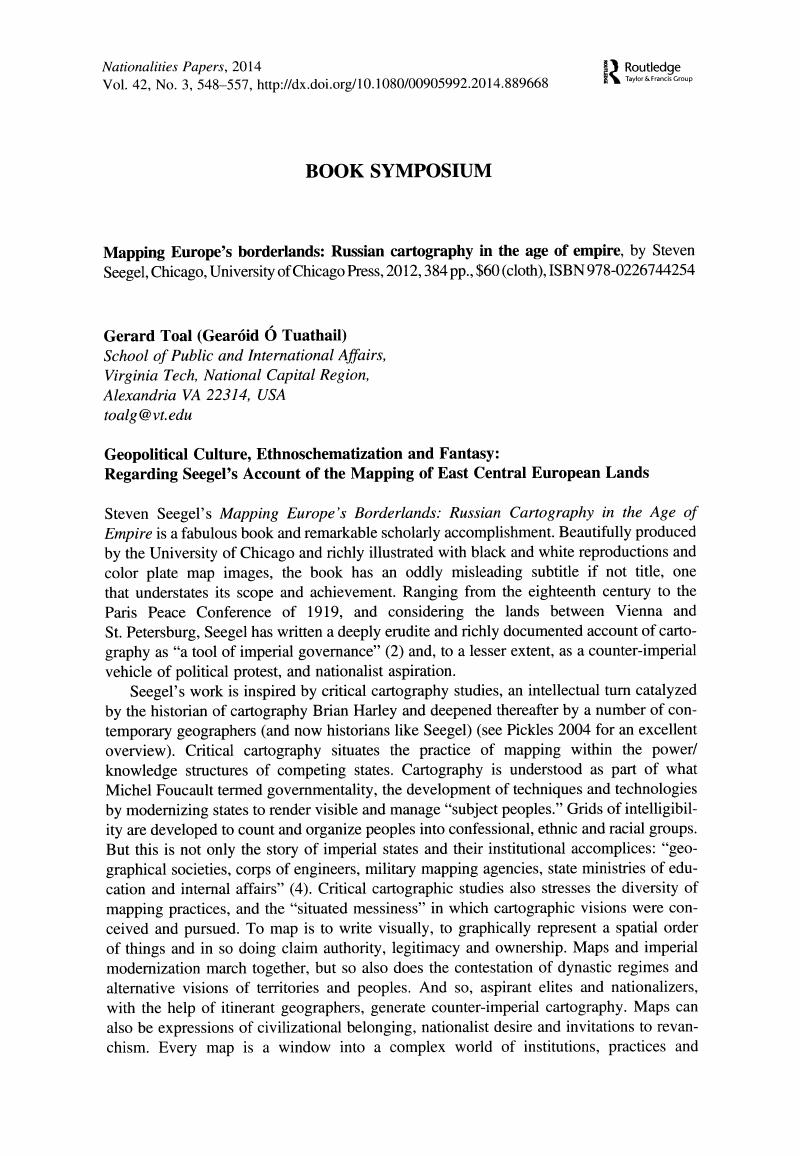Crossref Citations
This article has been cited by the following publications. This list is generated based on data provided by Crossref.
Иванов, Константин Владимирович
2020.
CARTOGRAPHY AS A TOOL OF IMPERIAL POLICY IN CENTRAL ASIA.
ΠΡΑΞΗMΑ. Journal of Visual Semiotics,
p.
151.



